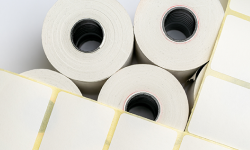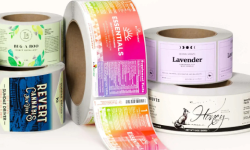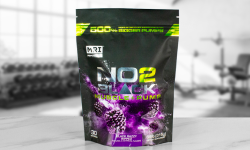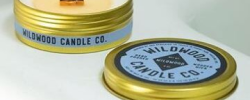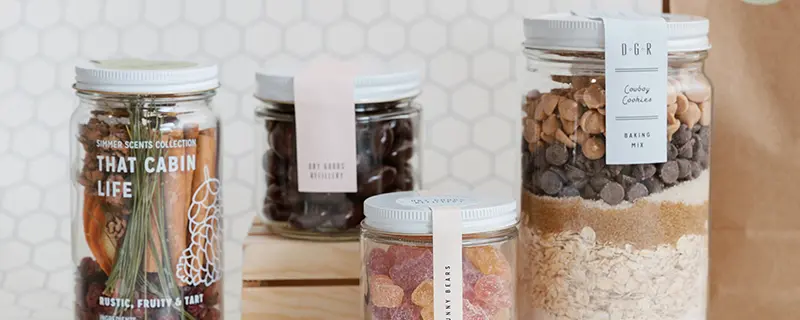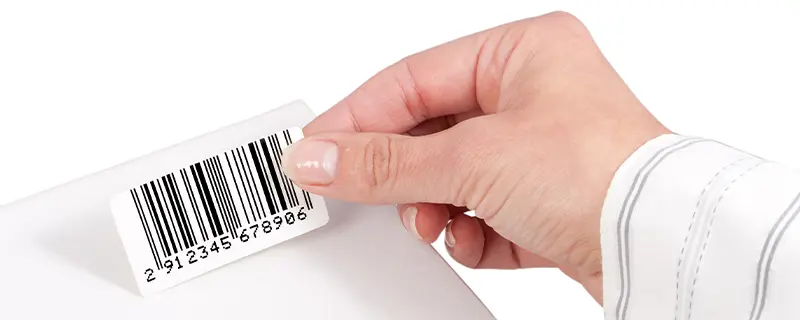QR codes have become over-used, and often times are misused
Chances are that you have seen those ‘square things’ on product labels at your local big box store or supermarket. These little square marketing tools are called QR codes. While there are a few instances where QR codes have been effectively used (very few), the vast majority of QR codes on labels serve little or no value to the end consumer.
We’re looking at you, the brilliant marketer who decided to put a QR code on a moving bus. We’ve also got our eye on you, the designer who decided to place a QR code on the billboard along the highway. Apart from the obvious challenge associated with scanning something so far away, what part of "don't use your phone while driving" don't you get?
One particularly stupid example we've seen is the huge QR code on the back of a bus - inviting us to scan it to find out the wait times at our local hospital Emergency Room. Um, maybe that's a subtle invitation to scan the code with your phone while driving - undoubtedly resulting in a need to visit the ER. That marketing department deserves a medal for originality for sure. So before you decide whether to use QR code on labels, we want to provide a little more information about QR codes.
|
What is a QR Code? QR is short for Quick Response (as these codes can be read quickly by a cell phone). QR codes (as shown on the right) are not like the UPC barcodes that are found on many items in the grocery store. The difference between UPC barcodes and QR codes is that QR codes have the ability to hold information in both vertical and horizontal directions, while UPC barcodes only have the ability to hold information in the horizontal direction. Sounds great, right? Well, the truth is that a QR code holds little more than a URL to a webpage. A QR code does not hold any information related to inventory or price, rendering it virtually useless to any retailer. |
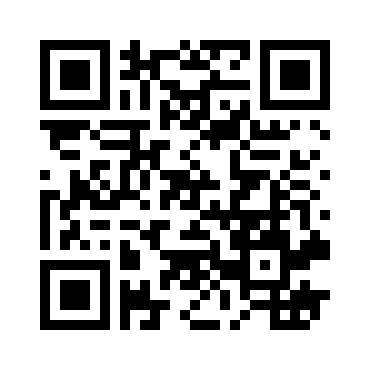 |
Scanning the above code with a smartphone QR app will take you to the Wizard Labels Facebook page (please excuse our blatant usage of something we're happily slamming in this post).
If You Don’t Need A QR Code, Don’t Use One
There are times when a QR code can be used effectively on a product label. However, these instances are few and far between. Unless you are absolutely sure that utilizing a QR code on labels will add real value to the consumer experience, then we recommend that you don’t add a QR code into your label design.
It would seem rational to assume that the majority of consumers use smartphones, and for your target market you may be correct. However, a QR code serves zero purpose to any consumer without a smartphone. Furthermore, a QR code only serves a purpose to consumers that have downloaded a QR code reader app onto their smartphone (further limiting the usefulness of the code.)
Another thought to consider is the longevity of usefulness of any given QR code. If you should decide to place a QR code on your custom product label, the destination URL needs to be relevant for the shelf life of the product. Websites change constantly, so providing a link to a page that's moved is simple evidence of carelessness - and your customer will recognize that immediately if they choose to scan the code.
| How Large Does a QR Code Need To Be?
After taking all of the previous factors into consideration, should you decide to use a QR code in the design of your custom product labels, you need to make sure that it works in practice. Making sure that a QR code is large enough to be read by a scanning app is the single most important thing that you need to keep in mind when integrating them into the design of your product label. Using a QR code that is too small can make the QR code unreadable. Talk about a nightmare scenario. A good rule of thumb is to not make a QR code smaller than 75 pixels by 75 pixels. Try scanning the QR code on a printed copy of your label artwork (printed at 100% size) before sending the artwork off for proofing and printing. This will ensure that the printed version of the QR code will be able to be read by consumers' smartphones in a given retail space. |
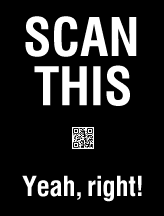 |
So, if you find yourself asking, "Should I use QR codes?", remember the end customer. While it may be tempting to use a QR code in the design of your custom product labels, it is vital that you consider whether it adds anything of value to the end consumer. Unless you believe that it is absolutely necessary to have a QR code on your custom product labels, we would recommend you steer clear of these often over-used and misused marketing tools. Use the extra space on the custom product label for adding to the design of the label or adding even more relevant information.
